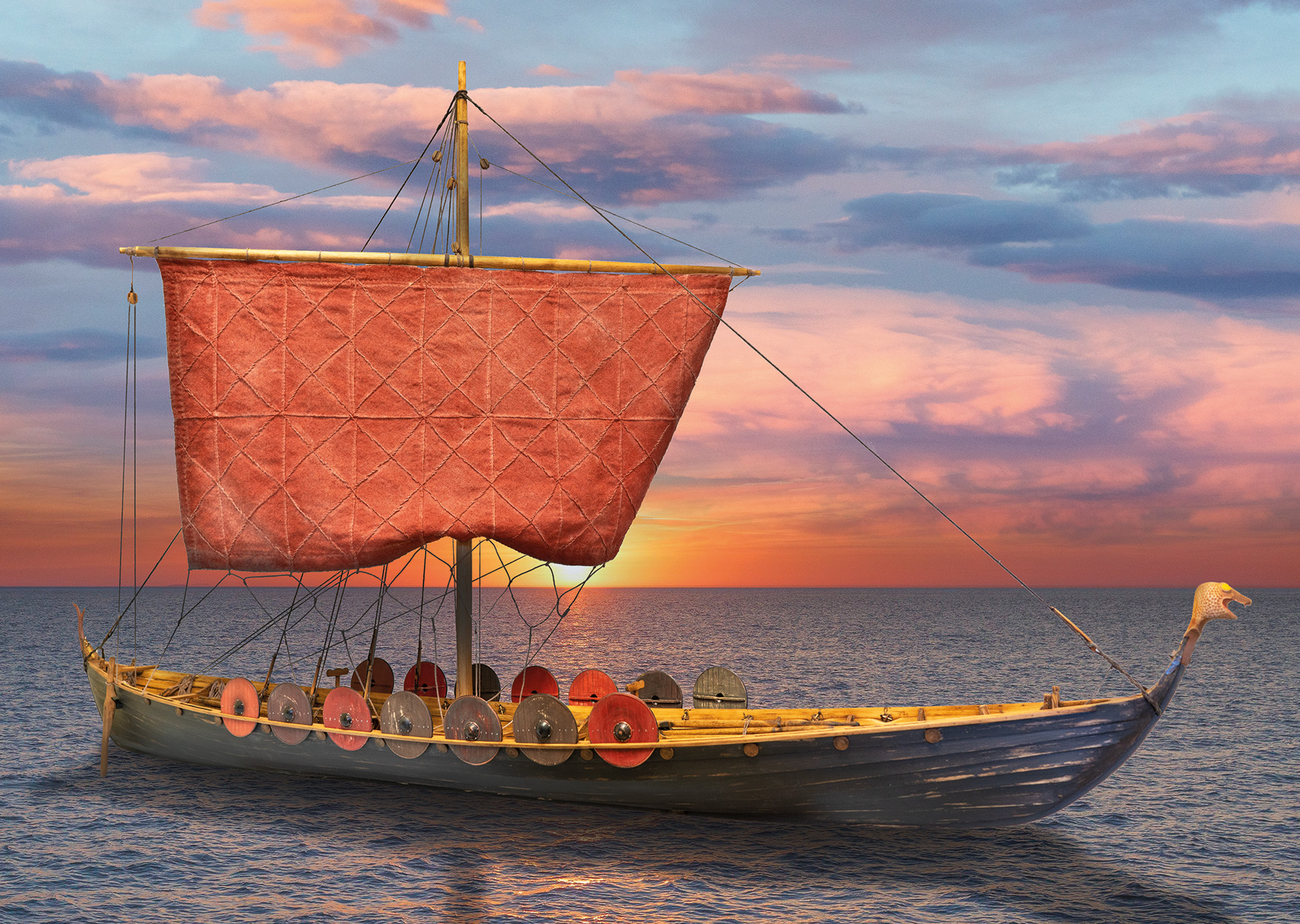
Two 8th-century burial ships tell a gripping story of Nordic warriors who sailed the Baltic Sea – centuries before the official Viking Age began. Around 1,300 years ago, some 40 Swedish warriors met a violent end in battle on the island of Saaremaa in Estonia.
“What we have here is a mass grave of the Viking elite – strong, seasoned warriors in their prime, brutally slain in a foreign land and buried with great care,” says Odd Johansen, archaeologist and museum director.
The fallen warriors hailed from the Stockholm-Mälar Region and the island Gotland in Sweden, likely belonging to the highest ranks of their society. But why did they set sail? Was it a diplomatic mission or a raid gone wrong?
After the battle, they were laid to rest with great care in their ships, accompanied by weapons, game pieces and valuable possessions. The meticulous nature of their burial suggests that the survivors had secured the area after the fight.
“This discovery mirrors the sagas and myths we recognise from the Viking Age – warriors killed in battle, buried in their own ships,” Johansen says. “But this isn’t legend. This is real.”
Blood, swords and game pieces – unveiling the first Vikings
The exhibition features original artefacts from the burial ships – swords and sword fragments, combs, scissors, beads and gaming pieces. Among them is a striking find: a king’s piece from a game set had been placed in the mouth of one of the fallen warriors.
These ship graves push back the timeline of the Viking Age, predating the raid on Lindisfarne in 793 which was long considered its starting point. The larger of the ships, where 34 men were buried, holds clear evidence that it once sailed.
“The larger ship is probably the oldest known sailing Viking ship ever discovered, marking a key transition from rowing to sailing,” Johansen says. “This means that Swedish warriors were crossing the Baltic – and raiding its shores – far earlier than we imagined. They were Vikings before the Vikings.”
For more information and images, please contact:
Catrin Rising
Press Officer
Email: catrin.rising@smtm.se
Telephone: +46 73 735 1602